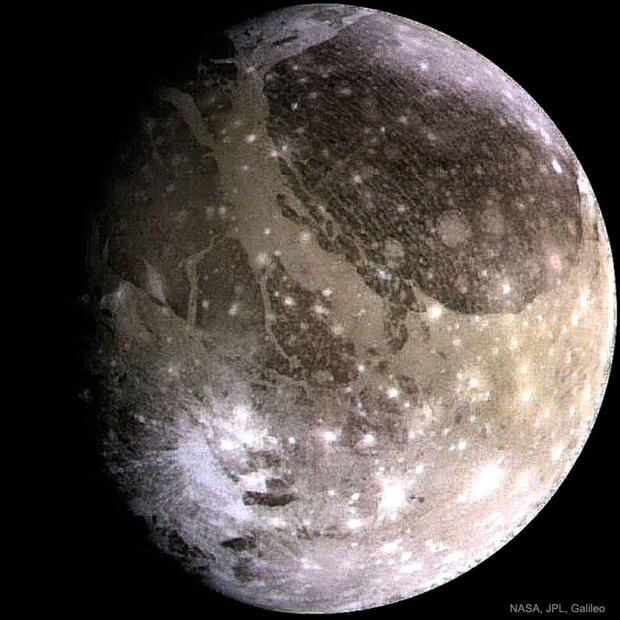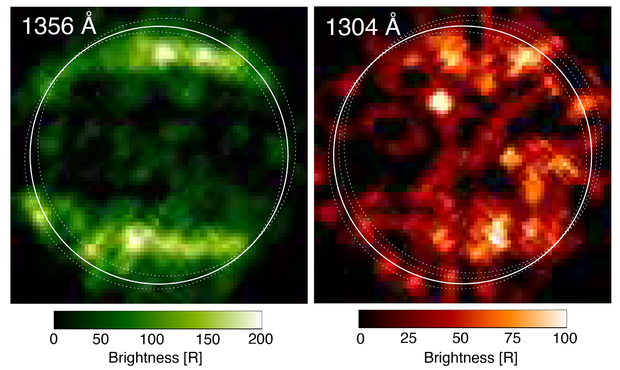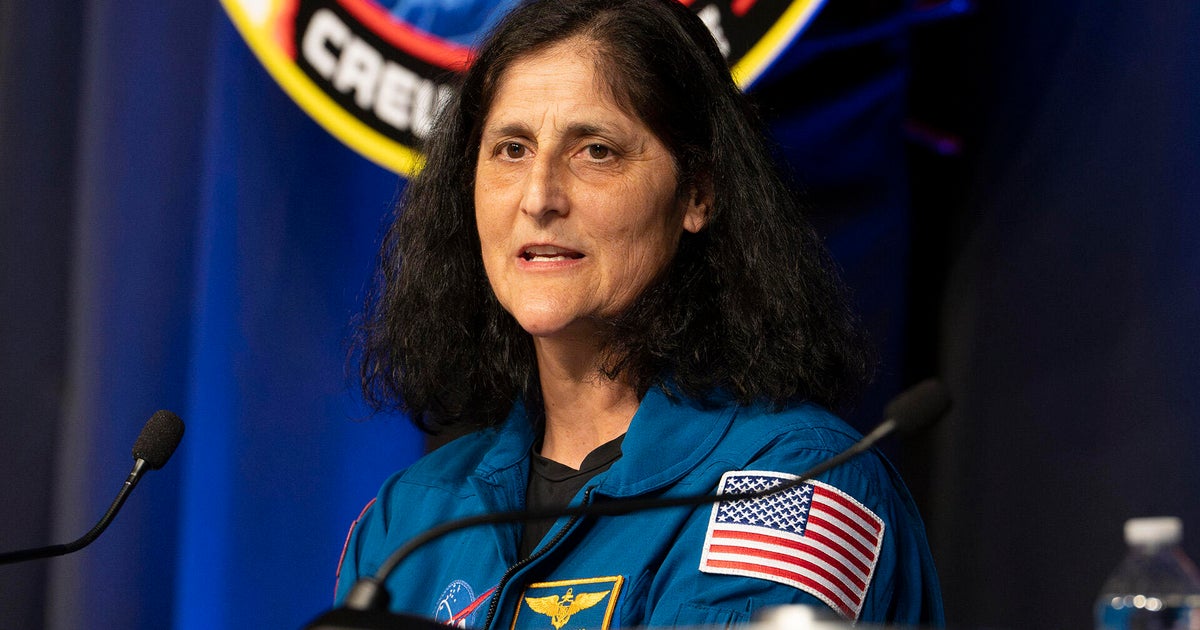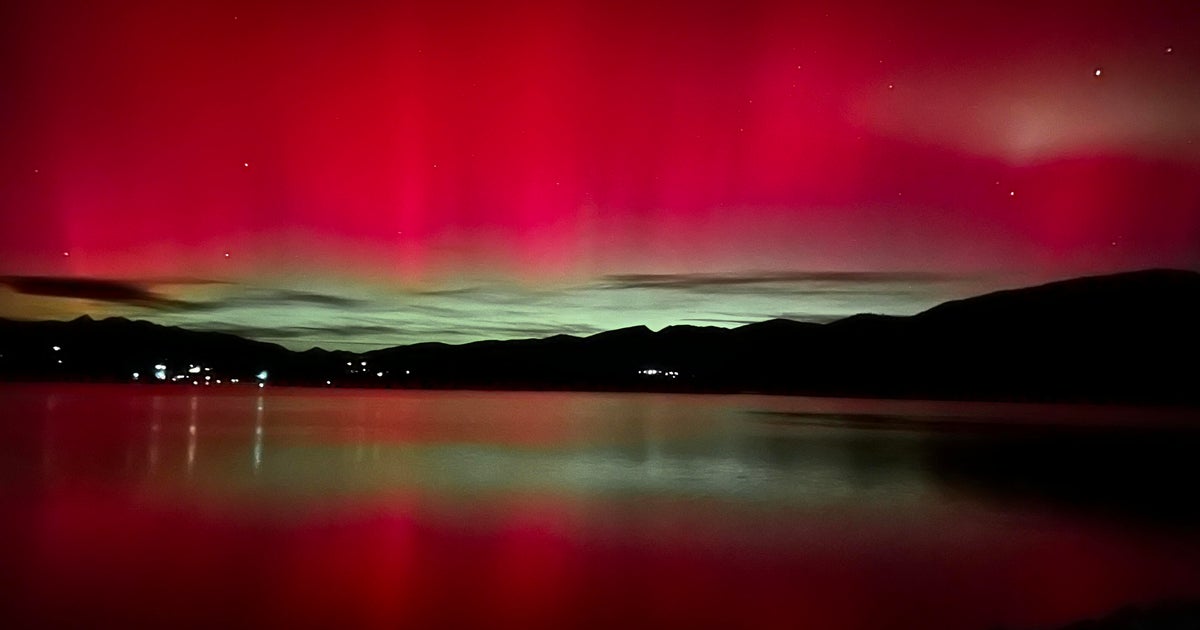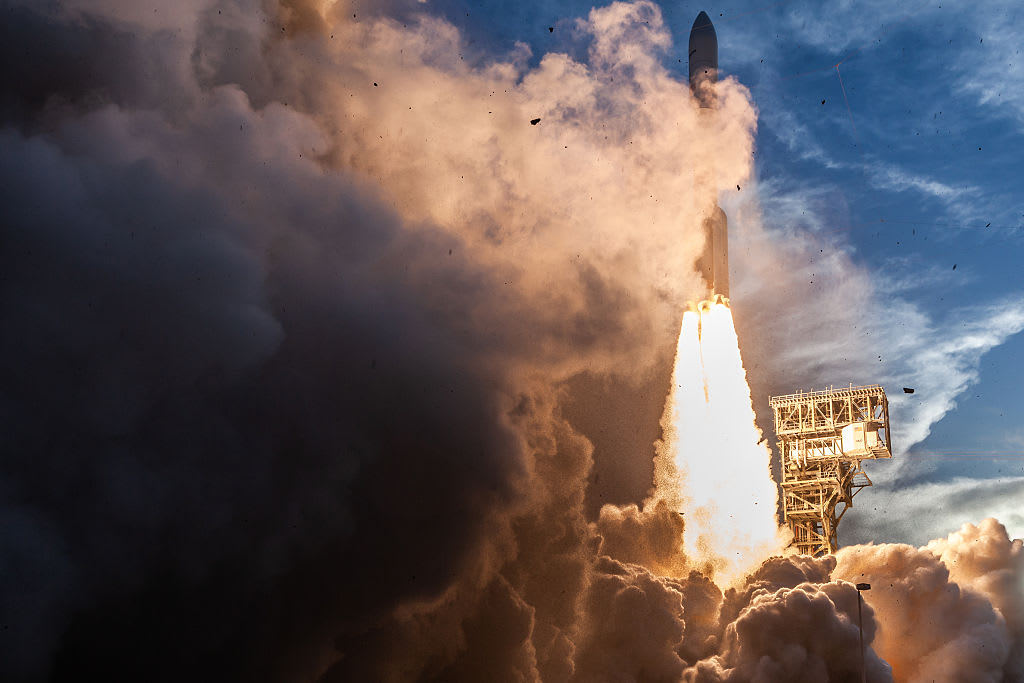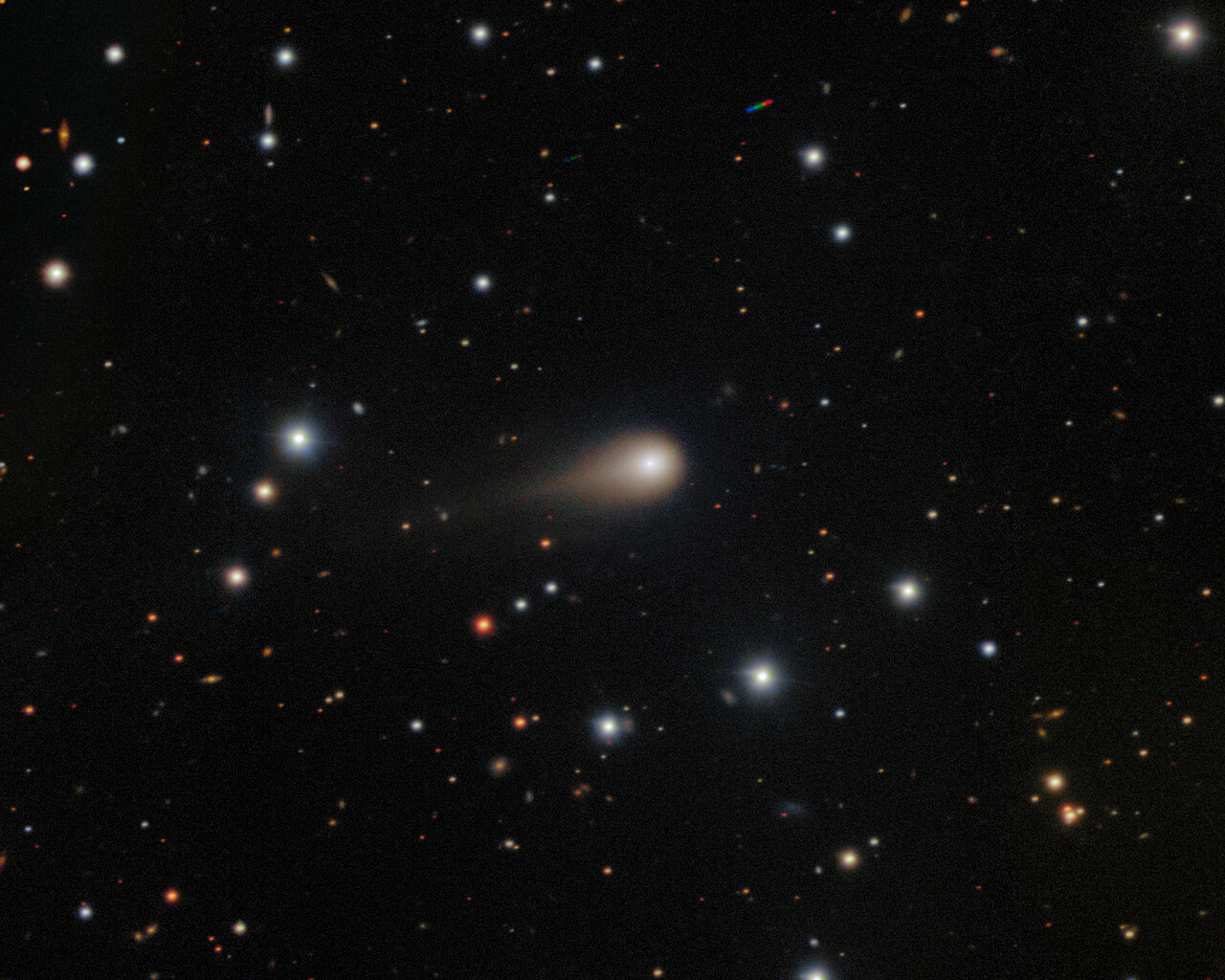NASA detects water vapor on Jupiter's Ganymede — the largest moon in the solar system
NASA has detected water vapor for the very first time in the atmosphere of Ganymede — not only Jupiter's largest moon, but the largest moon in our entire solar system.
Researchers made the discovery using both new and archival data from NASA's Hubble Space Telescope, which is back in action after a computer anomaly suddenly shut down the 32-year-old system for a month. They published their findings this week in the journal Nature Astronomy.
According to NASA, the water vapor on Ganymede forms when ice from the moon's surface transitions from solid to gas, skipping the liquid state, also known as sublimation.
Prior research suggested that Ganymede contains more water than all of Earth's oceans, but the moon's freezing temperatures mean the water on its surface is completely solid. Its ocean would actually exist about 100 miles below its crust.
So, where is the water vapor coming from?
Researchers compared two 1998 observations of Ganymede with another series of observations from 2018. And they found a discrepancy in the decades-old data.
In 1998, Hubble's Space Telescope Imaging Spectrograph took the first ultraviolet images of Ganymede, showing off the moon's colorful bands of electrified gas, known as auroral bands, proving that it has a permanent magnetic field. At the time, scientists believed higher concentrations of atomic oxygen were responsible for slight differences they spotted in the images taken by Hubble.
More recent research using Hubble's Cosmic Origins Spectrograph sought to measure the amount of atomic oxygen in Ganymede's atmosphere and compare it with archival data from 1998 to 2010.
In a surprise twist, researchers found hardly any atomic oxygen in the atmosphere.
Reviewing the images of Ganymede's aurora, the team discovered that, as the moon's surface temperature rises and falls throughout the day, it becomes warm enough around noon near the equator for sublimation to occur, releasing water molecules.
"In a wider sense, this discovery shows that often one needs to know what to focus on when analyzing data. The signal from H2O was present in the HST images since 1998," said lead author Lorenz Roth. "Only with additional information through new data and predictions from theoretical studies, we knew what to look for and where to search for it. There are likely many more things to discover in the gigantic dataset that the Hubble Space Telescope has accumulated over its three decades in space."
Where there's water, there could be life as we know it. Astronomers say that finding liquid water beyond Earth is crucial in our hunt for other habitable worlds.
And the European Space Agency hopes to find out, when it launches its Jupiter Icy Moons Explorer (JUICE) to the gas giant in 2022, with planned arrival in 2029, to spend several years observing the planet and its largest moons for potential habitats.
"Our results can provide the JUICE instrument teams with valuable information that may be used to refine their observation plans to optimize the use of the spacecraft," added Roth.
Earlier this month, NASA's Juno probe flew closer to Jupiter and Ganymede than any other spacecraft in more than two decades, beaming back stunning images.
"This is the closest any spacecraft has come to this mammoth moon in a generation," said . "We are going to take our time before we draw any scientific conclusions, but until then we can simply marvel at this celestial wonder, the only moon in our solar system bigger than the planet Mercury."
